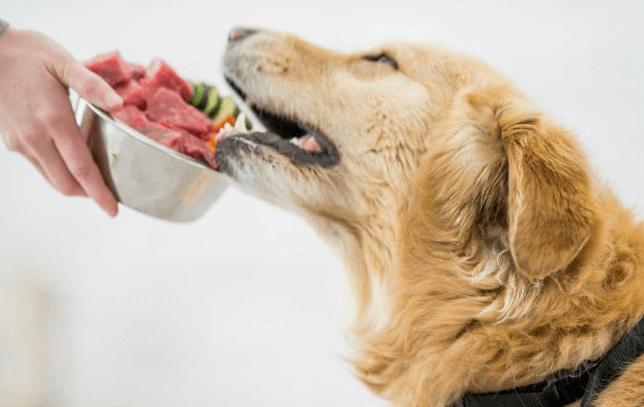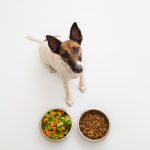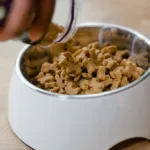Dogs are more than just pets; they’re part of our families. Naturally, we always want the best for them, especially when it comes to their diet. One diet that’s gaining popularity among dog owners is the raw food diet. But, like every dietary trend, it comes with its share of benefits and concerns.
Table of Contents
Understanding the Raw Food Diet for Dogs
The raw food diet, sometimes known as the BARF diet (Biologically Appropriate Raw Food), emphasizes feeding dogs foods that are in their natural, unprocessed state. This primarily includes raw meats, bones, fruits, and certain vegetables. Proponents argue that this is the kind of diet wild ancestors of our dogs consumed and is therefore more aligned with their natural nutritional requirements.
Reasons Why Dog Owners Are Going Raw
1. Natural Eating Patterns: Dogs, in the wild, are accustomed to eating raw. Their digestive systems are built to handle and derive nutrients from raw food, including meats and certain plant matter.
2. Fewer Fillers and Additives: Raw diets lack the fillers and additives that many commercial dog foods contain. These fillers might cause allergies or other health issues in dogs.
3. Dental Health: Chewing on raw bones can be a natural way for dogs to keep their teeth clean, possibly reducing dental problems.
4. Weight Management: Raw diets, when done right, can be leaner and might help dogs maintain a healthy weight.
The Other Side of the Coin: Potential Risks
1. Potential Nutrient Deficiency: If not appropriately balanced, a raw diet can miss essential nutrients, impacting a dog’s health in the long run.
2. Safety Concerns: Raw foods, especially meats, can harbor harmful pathogens. There’s always a risk, however minimal, of diseases like Salmonella.
3. Bone Injuries: Not all bones are safe. They can splinter and cause blockages or tears in the digestive tract.
4. Higher Maintenance: A raw diet requires careful planning and can be more demanding in terms of preparation and storage.
Seek Expert Advice
Before jumping on the raw food bandwagon, it’s essential to have a chat with your vet. They can offer insights into whether this diet suits your dog’s breed, age, and health condition. It’s also beneficial to have periodic check-ups to ensure your dog is getting all the necessary nutrients.
Treading with Caution
Transitioning to a raw diet? It’s vital to remember the change shouldn’t be abrupt. Start by mixing some raw foods with their regular diet, and gradually increase the raw portion over a week or two. This will give their digestive system time to adjust.
Another critical aspect is quality. Make sure you’re getting fresh and, if possible, organic ingredients. Proper storage and handling are crucial to prevent any bacterial growth on the food.
A Fun Comparison
Choosing the right diet for your pet can be likened to selecting a game on andar bahar.com. You might be attracted to the thrill of the game, but it’s essential to understand the rules, weigh out the odds, and play responsibly. Similarly, with a dog’s diet, understanding, research, and careful consideration are key.
Final Thoughts: The Choice Is Yours
While the raw food diet has many vocal advocates, it’s essential to remember that every dog is individual. What suits one might not suit another. The most crucial aspect is ensuring whatever diet you choose, it should be balanced, safe, and tailored to your dog’s specific needs. Your commitment as a pet owner is to make informed decisions, always keeping your dog’s best interest at heart.






